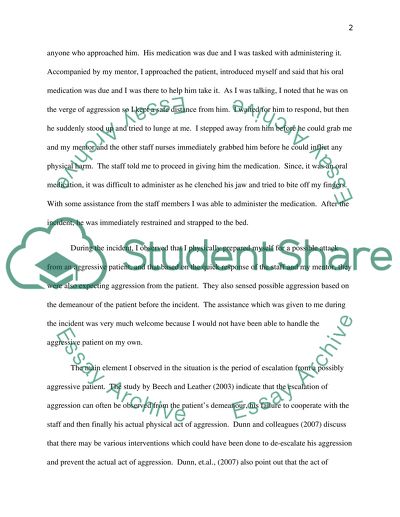Cite this document
(“Mental Health Incident Essay Example | Topics and Well Written Essays - 2250 words”, n.d.)
Mental Health Incident Essay Example | Topics and Well Written Essays - 2250 words. Retrieved from https://studentshare.org/nursing/1451661-mental-health-nursing-critical-incident-on-the
Mental Health Incident Essay Example | Topics and Well Written Essays - 2250 words. Retrieved from https://studentshare.org/nursing/1451661-mental-health-nursing-critical-incident-on-the
(Mental Health Incident Essay Example | Topics and Well Written Essays - 2250 Words)
Mental Health Incident Essay Example | Topics and Well Written Essays - 2250 Words. https://studentshare.org/nursing/1451661-mental-health-nursing-critical-incident-on-the.
Mental Health Incident Essay Example | Topics and Well Written Essays - 2250 Words. https://studentshare.org/nursing/1451661-mental-health-nursing-critical-incident-on-the.
“Mental Health Incident Essay Example | Topics and Well Written Essays - 2250 Words”, n.d. https://studentshare.org/nursing/1451661-mental-health-nursing-critical-incident-on-the.


